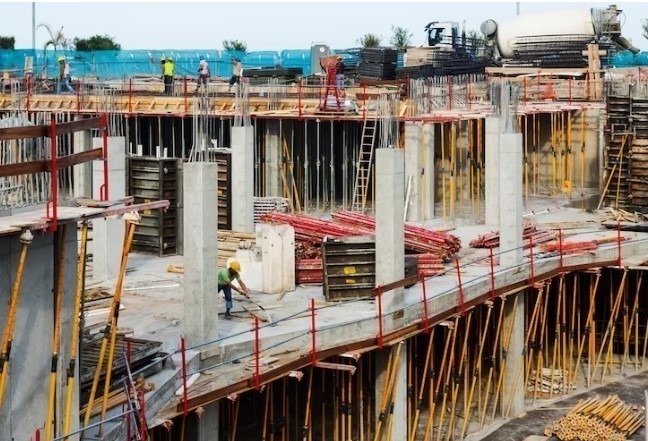The choice of building materials plays a crucial role in the success and profitability of a project when it comes to manufacturing buildings. While numerous options are available, manufacturers often lean towards budget-friendly building materials for various reasons. Here’s a look at the principles behind why manufacturers opt for these materials and how they contribute to their projects’ overall efficiency and sustainability.
The best techniques to reduce costs without sacrificing product quality are continually being sought after by manufacturers. As a result of this quest for cost-effectiveness, the industry has largely adopted affordable building materials. These materials are a common choice in today’s competitive market since they provide a number of benefits that assist manufacturers’ goals.
-
Economical: maximising available resources
Because they are so affordable, manufacturers frequently choose cost-effective building materials. Because they are frequently less expensive than their high-end equivalents, producers may use their resources more effectively. Manufacturers can use the money they save from lower material prices to other areas of the project, such as R&D, equipment, or marketing. This improves the industrial process’s overall productivity and profitability.
-
Higher Profit Margin: Competitive Advantage
These construction materials can help manufacturers increase their profit margins dramatically. Higher profitability as a result of lower manufacturing costs offers producers an advantage over rivals in the market. With this advantage, they are able to sell their goods at more alluring pricing, which eventually draws in more clients and increases their market share. Manufacturers may invest in new developments, product development, and company operations with increased profit margins.
-
Versatility and Flexibility: Meeting Various Needs
These construction materials are frequently available in a wide range of alternatives, enabling producers to satisfy various project needs. From structural elements to finishing touches, they may be customised to meet both design aesthetics and practical requirements. In order to obtain the necessary aesthetic appeal, manufacturers can select from a variety of colours, textures, and finishes, enabling innovative and beautiful products. This adaptability enables manufacturers to serve a wider range of clients, taking into account different tastes and project requirements, thereby expanding their market reach.
-
Sustainability: Concern for the Environment
In recent years, Sustainability has grown to be a major concern in the industrial sector. Eco-friendly qualities like recyclability, energy efficiency, and a smaller carbon footprint are frequently found in cost-effective building materials. Manufacturers may connect their businesses with sustainable practises, lessening their influence on the environment and fostering a better future, by using these materials in their projects. This dedication to sustainability satisfies corporate social responsibility requirements and appeals to environmentally aware customers, creating new market and opportunity prospects.
-
Accessibility: Extending the Market
Building with inexpensive materials makes it easier to acquire options for cheap infrastructure and housing. The development of economically feasible building projects, such as efforts for affordable housing, schools, hospitals, and community centres, might benefit from manufacturers giving priority to these materials. Manufacturers may actively enhance social well-being and offer chances for areas with limited resources by using these materials. This helps the consumers and establishes the makers as socially conscious businesses, boosting their credibility and image.
Conclusion
Affordable building materials have become a popular option for businesses looking for solutions that are economical, sustainable, and adaptable. The affordability, increased profit margins, flexibility, sustainability, and accessibility of these materials make them a preferred option when manufacturing buildings.
Read Also: 15 Stairs Wall Panelling Ideas
















Leave a Reply